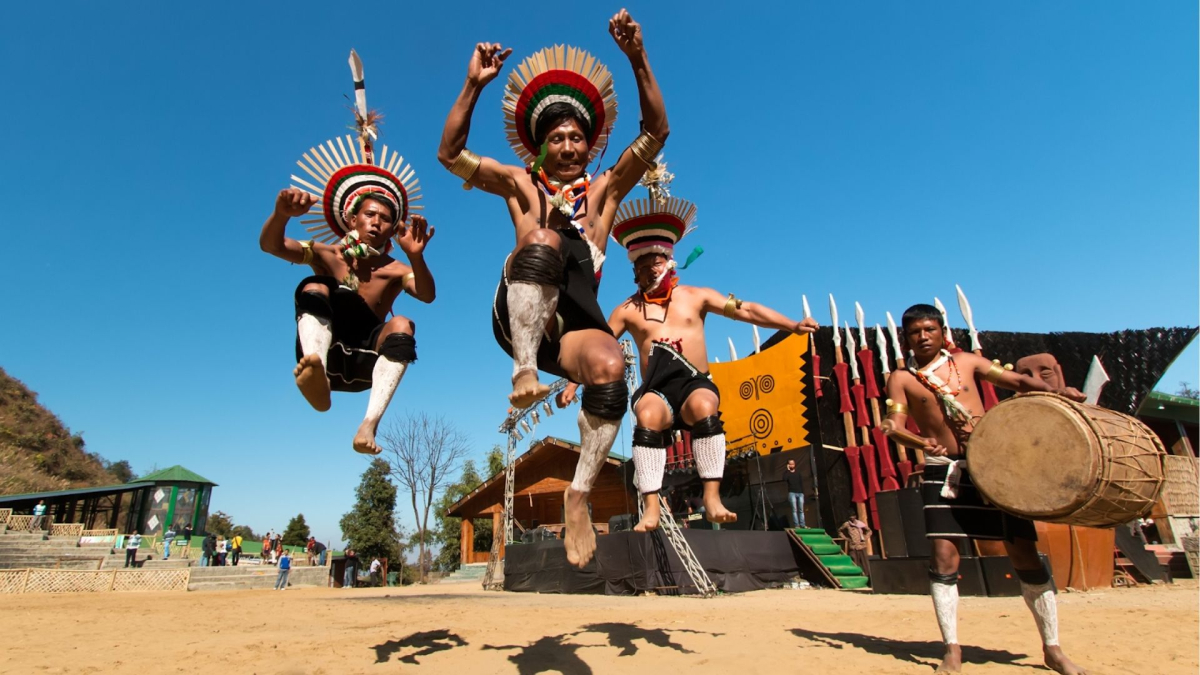The North East is renowned for its breath-taking landscapes, ranging from the snow-capped peaks of the Himalayas in Arunachal Pradesh and Sikkim to the lush green valleys and rolling hills of Meghalaya and Nagaland. Majuli in Assam, the world's largest river island, and the unique living root bridges of Meghalaya, which are recognized by UNESCO, are prime examples of the region's natural wonders. The Brahmaputra River, flowing through Assam, adds to the scenic beauty and provides opportunities for river cruises.


Adventure enthusiasts find the North East a perfect destination for trekking, river rafting, caving, and mountaineering. The challenging treks to the Dzukou Valley in Nagaland, Tawang in Arunachal Pradesh, and Sandakphu in Sikkim offer mesmerizing views and adrenaline-pumping experiences. White-water rafting on the Siang River in Arunachal Pradesh and spelunking in Meghalaya's caves, such as Siju and Mawsmai, are popular activities for thrill-seekers.
The region is home to numerous indigenous tribes, each with its own distinct culture, language, and traditions. Tribal tourism offers a glimpse into the traditional lifestyle, unique handicrafts, music, and dance forms of tribes such as the Khasis, Garos, and Jaintias of Meghalaya; the Nagas of Nagaland; and the Mizos of Mizoram. Visitors can also witness vibrant festivals like the Hornbill Festival in Nagaland, Sangai Festival in Manipur, and Ziro Music Festival in Arunachal Pradesh, which showcase the region's rich cultural heritage.


North East India is a biodiversity hotspot, boasting several national parks and wildlife sanctuaries. Kaziranga National Park in Assam, famous for its population of one-horned rhinoceroses, and Manas National Park, a UNESCO World Heritage site, are prime destinations for wildlife enthusiasts. The region also offers opportunities for birdwatching, with places like the Dibru-Saikhowa National Park and the Eaglenest Wildlife Sanctuary being home to rare and endemic species.
The North East is a melting pot of religions, and spiritual tourism is an emerging trend. The Tawang Monastery in Arunachal Pradesh, one of the largest monasteries in Asia, and the Kamakhya Temple in Assam, a prominent Shakti Peeth, draw pilgrims and tourists alike. The region also has a significant Christian population, with beautiful churches like the Cathedral of Mary Help of Christians in Meghalaya.
